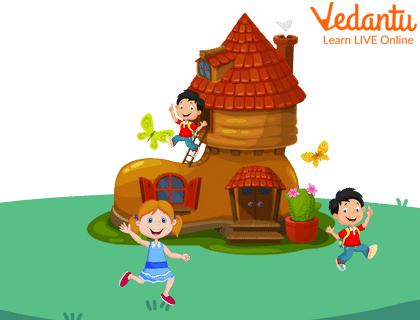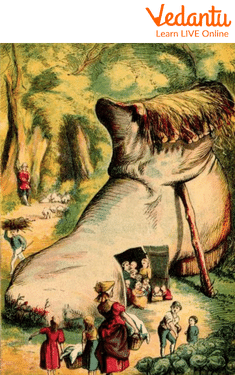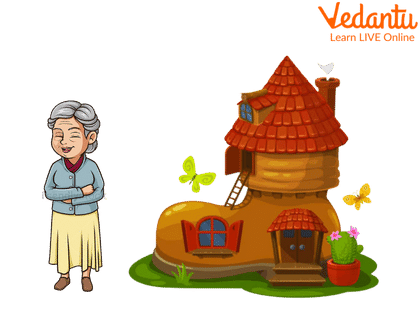Introduction to the Rhyme
A well-known nursery rhyme in the English language, "There Was an Old Woman Who Lived in a Shoe," has the Roud Folk Song Index number 19132. Although King George II (1683–1760) has also been suggested as the rhyme's topic, debates about its meaning and provenance have mostly focused on attempts to link the old woman with historical female figures who have had multiple families. The trial he underwent to financially rebuild his family and nation was frequently used as a backdrop for the lyrics. During his reign, King George received the moniker "old lady" frequently.

There Was an Old Woman Who Lived in a Shoe
There was an Old Woman who Lived in a Shoe Lyrics
The brief rhyme tells the story of an elderly woman and her children who reside in a shoe. She has trouble controlling them. The duties of that elderly mother are extensively discussed in this brief poem.
Lyrics:
There was an old woman who lived in a shoe.
She had so many children, she didn’t know what to do;
She gave them some broth without any bread;
Then whipped them all soundly and put them to bed.

Shoe
There Was an Old Woman who Lived in a Shoe Nursery Rhyme Summary
Popularity of "There Was an Old Woman Who Lived in a Shoe": Mother Goose, a well-known fictional author of French fairy tales and several nursery rhymes, is credited with creating this classic nursery rhyme. It was first printed in 1794 in Gammer Gurton's Garland. This poetry describes how a family manages to survive despite difficult conditions. Both times, readers can see that the mother is feeding her kids despite her difficulties and challenging circumstances.
As a Symbol of Misery, "There Was an Old Woman Who Lived in a Shoe" tells the story of an elderly woman and her children who live in a shoe. She has trouble controlling them. The duties of that elderly mother are extensively discussed in this brief poem. Her ability to survive in trying circumstances is also highlighted. The mother is displeased in the rhyme's original rendition. In contrast, despite their lack of resources, the mother in the second story is understanding and upbeat.

Woman and Shoe
Solved Examples
1. There was an Old Lady Who Lived in a Shoe: What does that mean?
Ans: A well-known nursery rhyme about an old woman who lived in a shoe and had so many children that she was unable to care for them all.
2. What does the tale reveal about the elderly person?
Ans: The woman in this story is a really excellent person because she has compassion for children and a strong sense of humanity.
Conclusion
"There Was an Old Woman Who Lived in a Shoe" is one of the most traditional and well-known children's rhymes. Although it was first added by Joseph Ritson to the Gammer Gurton's Garland collection in 1794, some researchers believe the lyrics may be older. The short rhyme tells the story of an elderly woman and her children who reside in a shoe. She finds it difficult to control them. This brief poem describes the duties of that ageing mother in great detail.


FAQs on There Was an Old Woman who Lived in the Shoe
1. What does the story reveal about the elderly person?
The woman in this story is a very good person because she has compassion for children and a strong sense of humanity.
2. Who is the poem's author?
There Was an Old Woman Who Lived in a Shoe, Row, Row, Your Boat, and Baa, Baa, Black Sheep are just a few of the well-known children's books written and illustrated by Jane Cabrera.
3. Who was the woman who lived in a shoe?
According to some evidence, the rhyme may be about Feodor Vassilyev's wife from Shuya, Russia, who is said to have given birth to 69 children in her lifetime (1707–1782). Albert Jack has suggested that the rhyme has political roots.





